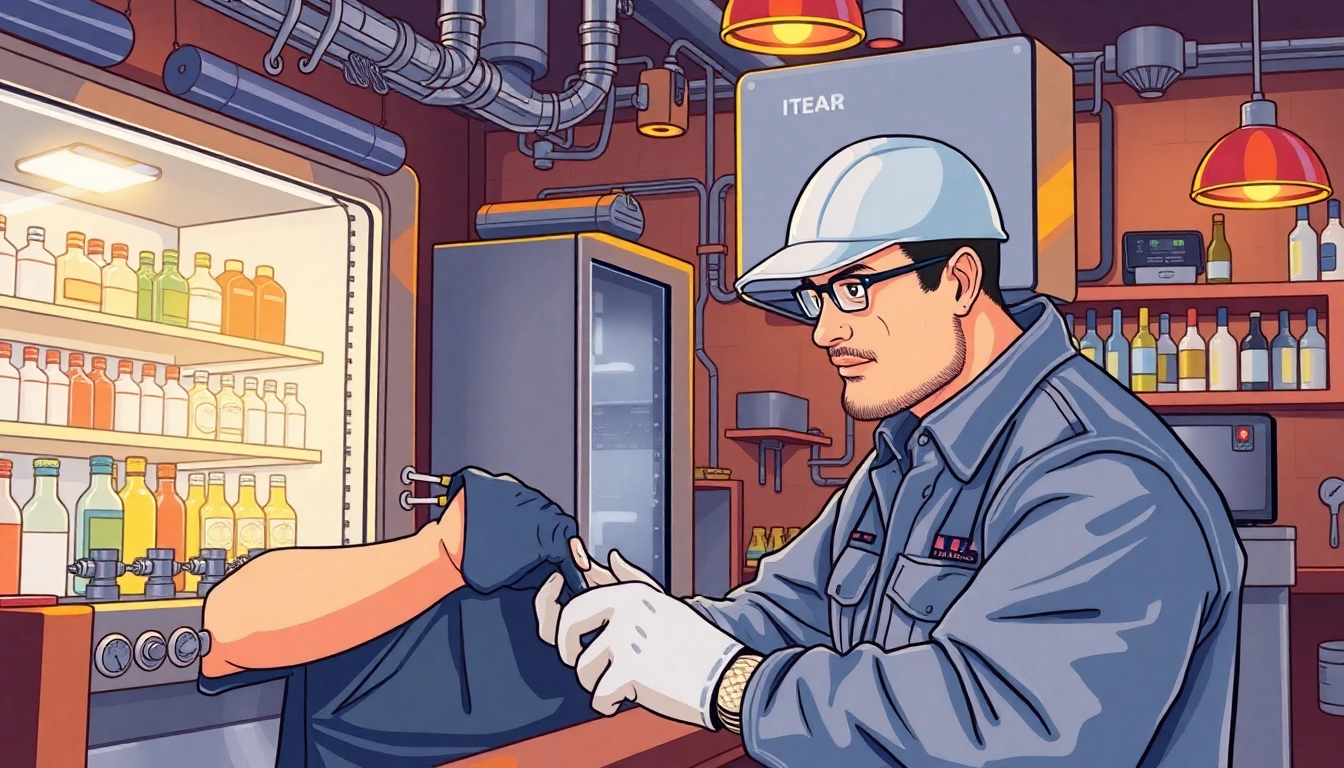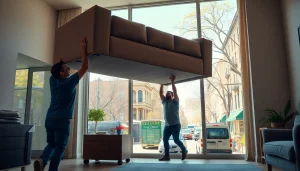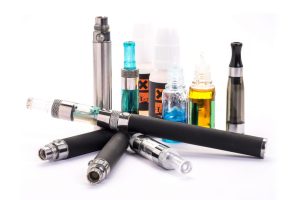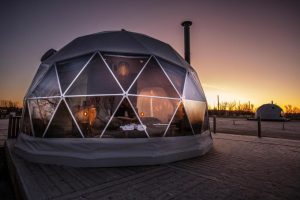Effective Strategies for Bar Refrigeration Repair: Ensuring Optimal Performance

Understanding Bar Refrigeration Systems
In the bustling environment of bars and restaurants, proper refrigeration is crucial for maintaining the quality and safety of beverages and perishable goods. Understanding the fundamentals of bar refrigeration repair is essential for bar owners and managers to ensure optimal performance and longevity of their refrigeration systems. This article will delve into the different types of bar refrigeration units, their components, and the importance of regular maintenance.
Types of Bar Refrigeration Units
Bar refrigeration units can be classified into several categories based on their design, cooling mechanisms, and applications.
- Under-Counter Refrigerators: Compact units designed to fit under counters, these models are ideal for bars with limited space. They are perfect for keeping essential items like garnishes, glassware, or even small kegs chilled.
- Back Bar Coolers: These units combine display and storage functionality, allowing for easy visibility of beverages while keeping them at optimal serving temperatures. They are critical for establishments that focus on drink presentation.
- Ice Makers: Integral for drink preparation, commercial ice makers produce a high volume of ice quickly, ensuring that bar operations run smoothly.
- Walk-In Refrigerators: Although more common in larger food and beverage establishments, some bars also use walk-in coolers for bulk storage of drinks and other perishables, allowing quick access for high-volume service times.
Common Components and Their Functions
Understanding the components of bar refrigeration systems can help identify issues during repair or maintenance. Key components include:
- Compressor: Acts as the heart of the refrigeration cycle, compressing refrigerant and circulating it throughout the system.
- Condenser Coils: These coils release heat from the refrigerant as it transitions from gas to liquid.
- Evaporator Coils: Located inside the refrigeration unit, these coils absorb heat to cool the interior, evaporating the refrigerant back into a gas form.
- Thermostat: Monitors and regulates the internal temperature, activating the compressor when needed.
- Fans: Ensure proper air circulation around evaporator and condenser coils to maintain efficiency.
Importance of Regular Maintenance
Regular maintenance of bar refrigeration systems is vital to prevent breakdowns, ensure efficiency, and extend the lifespan of the equipment. Some maintenance tasks include:
- Cleaning the condenser coils regularly to prevent overheating.
- Checking door seals for effectiveness in keeping the cold air inside.
- Inspecting drainage systems to avoid water buildup.
- Ensuring that refrigerant levels are adequate and leak-free.
By engaging in preventive maintenance, bar owners reduce the risk of costly repairs and operational disruptions.
Signs Your Bar Refrigeration Needs Repair
Recognizing the early signs that your bar refrigeration unit is malfunctioning can save you time, money, and inventory. Here are some common indicators that repairs may be necessary.
Identifying Common Malfunctions
Common malfunctions that warrant repair include:
- Insufficient Cooling: If beverages or perishables are not maintaining proper temperatures, this could indicate issues with the compressor, condenser, or cooling fans.
- Temperature Spikes: Constant fluctuation in temperature can indicate faulty thermostats or blocked ventilation.
- Excessive Frost Build-up: This may signal a problem with airflow or thermostat malfunction, leading to efficiency loss.
Monitoring Temperature Fluctuations
It’s essential to regularly monitor the internal temperatures of refrigeration units. Consistent temperature logs can help identify patterns that indicate underlying issues. The temperature for beverage storage in most cases should stay between 36°F and 38°F (2°C to 3°C).
Recognizing Unusual Noises and Odors
Unusual noises, such as grinding or high-pitched whines, can suggest mechanical issues within the compressor or fan motors. Likewise, unpleasant odors emanating from the unit often indicate that debris is trapping moisture, possibly leading to mold or bacterial growth.
DIY Tips for Minor Bar Refrigeration Issues
While complex issues should always be handled by trained professionals, there are several minor problems that bar staff can troubleshoot or resolve themselves.
Basic Cleaning and Maintenance
Performing basic cleaning tasks includes:
- Cleaning the condenser coils with a soft brush or vacuum to eliminate dust and debris.
- Wiping down the interior surfaces to prevent contamination.
- Monthly checks of drainage systems to prevent clogs.
Checking Electrical Connections
Loose or damaged electrical connections can lead to intermittent power issues. Regularly inspect plugs, power cords, and fuses to ensure everything is in good working condition. Always remember to unplug the unit before performing any electrical checks.
Assessing Thermostat Settings
Occasionally, the thermostat may require recalibration. Ensure it’s correctly set for the desired temperature range, and, if necessary, consult the manufacturer’s manual for detailed instructions.
Choosing the Right Professional for Bar Refrigeration Repair
When issues become too complex for DIY fixes, it’s crucial to find a qualified repair technician. Here’s a guide to help you select the right professional.
Qualifications and Certifications to Look For
Choose technicians who are certified and have undergone training specific to commercial refrigeration. Look for credentials such as:
- EPA certification for handling refrigerants.
- Industry-recognized training in HVAC and refrigeration repair.
- Experience in commercial settings, specifically within the bar or restaurant industry.
Evaluating Service Options and Pricing
Research different service providers and compare pricing, ensuring that you’re getting value for your investment. Be wary of unusually low quotes, which can indicate subpar service or corner-cutting practices.
Questions to Ask Your Technician
Before commissioning work, consider asking the following:
- What is your experience level with this type of refrigeration unit?
- Can you provide references from similar establishments?
- What warranties do you offer on repairs?
- Do you provide maintenance contracts for ongoing support?
Preventative Measures for Bar Refrigeration Longevity
To ensure that your bar refrigeration systems remain in optimal condition, implementing preventative measures is essential.
Regular Maintenance Checklists
Create a maintenance checklist that includes:
- Regular cleaning schedules for coils and filters.
- Monthly temperature checks.
- Quarterly professional inspections of the mechanical components.
Equipment Upgrades and Innovations
Investing in new technology can enhance efficiency. Consider equipment upgrades such as:
- Energy-efficient models that use less power.
- Intelligent monitoring systems that alert you to temperature fluctuations or mechanical issues in real-time.
- Smart thermostats that optimize energy use based on ambient conditions.
Creating a Safe Working Environment
Finally, ensure that your bar environment is conducive to optimal performance. This includes keeping the refrigeration units in ventilated areas, avoiding overstocking, and ensuring adequate airflow around the units.







